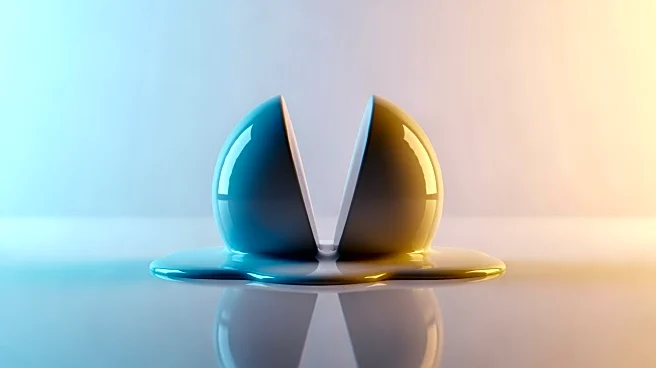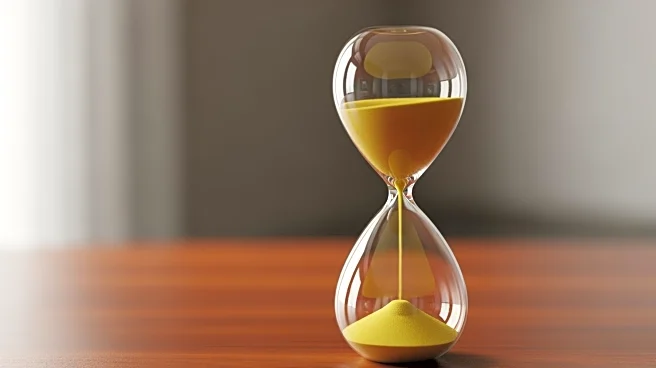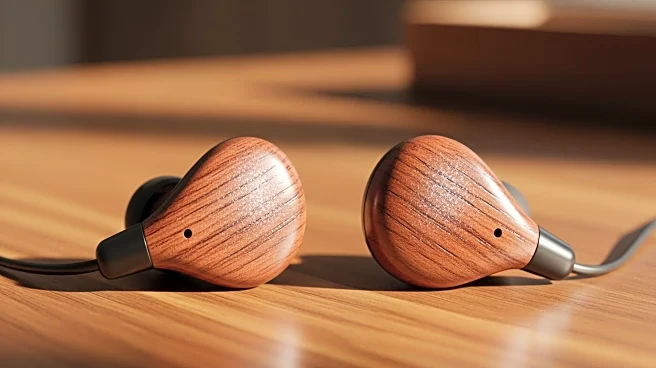What's Happening?
The U.S. wine market, which holds the largest share globally at 14%, is facing a demographic shift as baby boomers, the largest group of wine consumers, age out of their peak purchasing years. This transition presents an opportunity for wine businesses
to innovate and attract younger consumers. Various types of wine businesses, such as wineries, private label wine brands, wine bars, bottle shops, and subscription services, offer different entry points into the industry. Starting a wine business involves defining a vision, conducting market research, writing a business plan, securing funding, developing a brand, finding a location, obtaining licenses, finding suppliers, building a website, and marketing wines. Each step is crucial for establishing a successful wine business that can adapt to changing consumer demographics.
Why It's Important?
The shift in wine consumer demographics is significant for the U.S. wine industry, as it necessitates new strategies to engage younger consumers who may have different preferences and purchasing habits compared to older generations. This demographic change could impact sales channels, marketing strategies, and product offerings. Businesses that successfully adapt to these changes stand to gain a competitive edge in a market that is evolving. The ability to attract younger consumers is crucial for sustaining growth and ensuring long-term viability in the wine industry. Additionally, the rise of online sales and subscription services offers new avenues for reaching a broader audience, further emphasizing the need for innovation in business models.
What's Next?
Wine businesses may need to explore innovative marketing strategies and product offerings to appeal to younger consumers. This could include leveraging social media platforms for marketing, offering unique wine experiences, and creating engaging content that resonates with younger audiences. Businesses might also consider expanding their online presence and subscription services to reach consumers who prefer digital interactions. As the industry adapts to these changes, there may be increased collaboration with influencers and partnerships with tech platforms to enhance visibility and engagement. The focus will likely be on creating a brand identity that appeals to the values and interests of younger consumers.
Beyond the Headlines
The demographic shift in wine consumers could lead to broader cultural changes within the industry, such as a greater emphasis on sustainability and ethical production practices, which are often valued by younger consumers. This shift might also influence the types of wines that are popular, with potential growth in demand for organic and natural wines. Additionally, the industry may see changes in the way wine is marketed, with a focus on storytelling and authenticity to connect with consumers on a deeper level. These cultural shifts could redefine the wine industry and influence its future direction.













